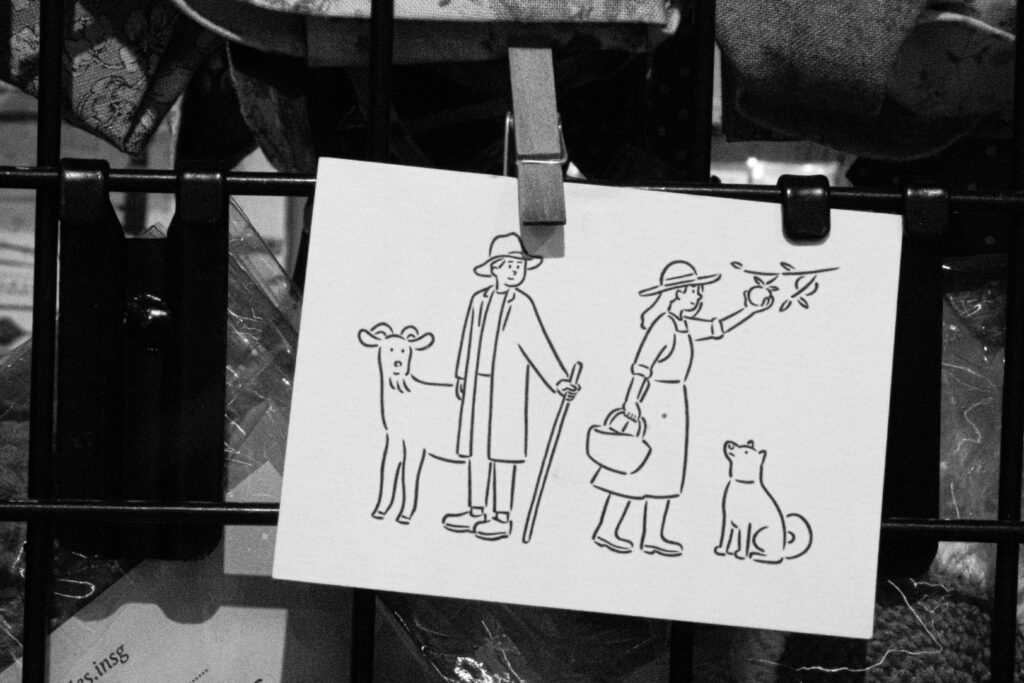Balto: The Hero of the Great Serum Run
When the Alaskan town of Nome faced a deadly diphtheria outbreak in 1925, the odds seemed insurmountable. The town was isolated by harsh winter storms, and life-saving medicine was over 600 miles away in Anchorage. With no planes capable of flying in the brutal conditions, there was only one solution: sled dogs.
At the heart of this incredible relay was a black and white Siberian husky named Balto, who became a symbol of courage, endurance, and teamwork.
The Deadly Threat
In January 1925, diphtheria spread quickly among the children of Nome. Without the antitoxin serum, many would die within weeks. The urgency to deliver the medicine across Alaska’s frozen wilderness became a race against time.
A plan was formed: multiple dog sled teams would relay the serum from Nenana to Nome, covering nearly 674 miles in just over five days—a journey that normally took weeks.
Enter Balto
Balto wasn’t initially considered the strongest or fastest sled dog. In fact, his musher, Gunnar Kaasen, described him as solid and dependable but not extraordinary. However, when it mattered most, Balto rose to the challenge.
After countless teams had carried the serum across the harsh terrain, Kaasen and Balto’s team were chosen for the final leg into Nome. Facing blizzards, subzero temperatures, and almost no visibility, Kaasen relied heavily on Balto’s instincts to keep them on course.
The Final Stretch
On February 2, 1925, Balto led his team through the raging storm, guiding Kaasen and the serum across frozen rivers and snowdrifts. With winds reaching up to 60 mph, visibility was nearly zero, and Kaasen later admitted that he couldn’t see the trail. It was Balto’s leadership, nose, and determination that kept them moving forward.
After traveling 53 miles in treacherous conditions, Balto and Kaasen finally arrived in Nome at around 5:30 a.m. The serum was delivered safely, and the outbreak was contained. Thanks to the efforts of all the mushers and sled dogs, countless lives were saved.
Fame and Controversy
Balto quickly became a hero, with newspapers across the country celebrating his bravery. He was immortalized with a statue in Central Park, New York, which still stands today, inscribed with the words:
“Dedicated to the indomitable spirit of the sled dogs that relayed antitoxin 600 miles over rough ice, across treacherous waters, through Arctic blizzards from Nenana to the relief of stricken Nome in the Winter of 1925. Endurance · Fidelity · Intelligence.”
However, some argued that another sled dog, Togo, who led a longer and more grueling portion of the journey, deserved greater recognition. While Balto received the spotlight, mushers and historians often point out that the Serum Run was a true team effort, involving over 150 sled dogs and 20 mushers.
Balto’s Later Life
After his moment of fame, Balto and his team toured the United States but were later neglected in poor conditions. Fortunately, he was rescued and eventually found a permanent home at the Cleveland Zoo, where he lived out the rest of his days in comfort.
Balto passed away in 1933 at the age of 14. His legacy endures not only in statues and stories but also in the way his bravery inspired future generations.
Lessons from Balto
Balto’s story isn’t just about one dog—it’s about teamwork, resilience, and the ability to rise to the occasion when the world needs you most. His determination under impossible conditions reminds us that heroes often emerge when we least expect them.
A Legacy of Courage
Nearly a century later, the 1925 Serum Run is remembered as one of the most dramatic rescue missions in history, and Balto’s name remains synonymous with courage and loyalty. Whether you know him from history books, the statue in Central Park, or the animated film inspired by his story, Balto stands as a reminder of the powerful bond between humans and dogs.



